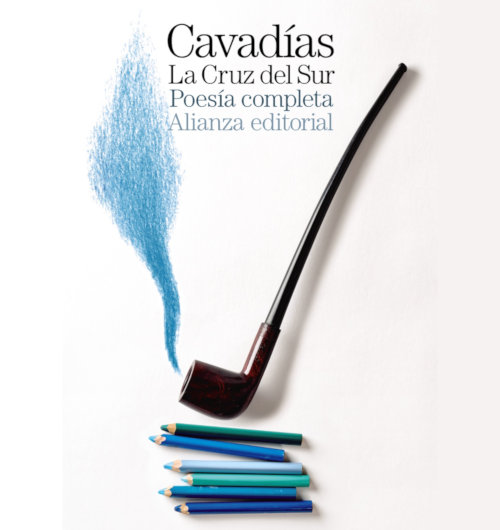Sixteen graces
Kathmandu
The available texts and source materials for Charya Nrtya are few. One given by my teacher, Raju Sakya of Nepal Dance Mandala, has Sanskrit text in Devanagiri script, as well as English translation; but strangely, no transliteration so that one can read the Sanskrit in English script. I say strangely, because the book's explanatory text is in English, and one must recite the Sanskrit lyrics in order to learn the dance.
Since I can read the Devanagiri, I decided to transliterate the lyrics. I haven't seen them written down anywhere else. Raju was quite delighted with my work and said "you must type up everything you have transliterated." I wonder if this is available elsewhere. With the state of traditional art forms in Nepal, perhaps not. Surely, the American students of the Portland (Oregon) Dance Mandal must have translated it in such a way, but it's not available elsewhere.
Anyway, the opening item everyone learns (after the Refuge Prayer, which Raju always calls the "Refugee Prayer" ) is the Sixteen Graces. Each item represents a principle as well as a manifest physical offering made to the gods during puja.
Om vajra vine hum....Lady of the Diamond Veena. (a veena is a sort of south Indian lute, related to the better- known north Indian sitar)
Om vajra banshe tra....Lady of the Diamond Flute. (a bansuri is the bamboo flute as played, for instance, by Lord Krishna)
Om vajra mridange hrin...Lady of the Diamond Drum. (Mridangam is the two-headed south Indian drum)
Om vajra muraje ah....(Muraje is a simple one-headed drum, like a snare)
Om vajra lasye hum...(Lasya literally means 'grace' but in this case indicates the Tin Chu, or simple cymbals used to keep time in the dance. In Bharatanatyam we called them Nattuvangam)
Om vajra male tra....(The mala is a garland of flowers. The same word, mala, is also used for a necklace of prayer beads)
Om vajra gite hrin....(Gite is song; in this case, the offering of sacred liturgical song or Charya Gita)
Om vajra nrtye ah....(nrtye is Dance itself.)
Om vajra pushpe hum....(pushpe is offering Flowers. The first Bharatanatyam item I ever learned was Pushpanjali, or flower offering)
Om vajra dhupe tra...(offering incense, or Dhoop)
Om vajravalokite hrin...(offering light; in India it is called Arati or removing darkness)
Om vajragandha ah....(offering perfume)
Om vajra darpane hum....(offering the mirror. This tradition has always intrigued me; mirrors are such a part of south Asian ritual but there are various explanations). First the mirror is shown to the audience, then the dancer looks into it herself with the Bhava of "Adbhutam" or Wonderment.
Om rasa vajra tra....(literally the "diamond taste." This is the classic Vajrayogini pose in which the dancer lifts the "skull cup," symbolically filled with blood, to her mouth)
Om sparse vajre hrin (the Diamond Touch. in this case, touching the Earth as in Bhumisparsa mudra)
Om dharmadhatu garbha ah. (the Diamond Womb-of-Mental-Events; this is shown by
"drawing" a circle with hands and feet. I do know that the Dharmadhatu Mandala is the basic mandala drawn ritually before any Newar house or building is established).
Translating and transliterating is always fun...but now it's time to go physically practice (spirit is willing, flesh can be weak).
The Ultimate Stopover Guide: How to Spend 24 Hours Exploring Doha
-
[image: Qatar Airways - Top Attractions in Doha]
Doha is the capital city of Qatar, and it is located on the Persian Gulf
coast in the east. It is one o...
6 days ago














1 comment:
"Om dharmadhatu garbha ah" (āḥ?) is v similar to a mantra on a statue of Vajrasattva in the British Museum
"oṃ āḥ hūṃ oṃ dharmadhātugarbhe svāhā"
This is the only mention I've seen of anything similar.
I'm impressed by all your skills :-)
Jayarava जयरव
Post a Comment